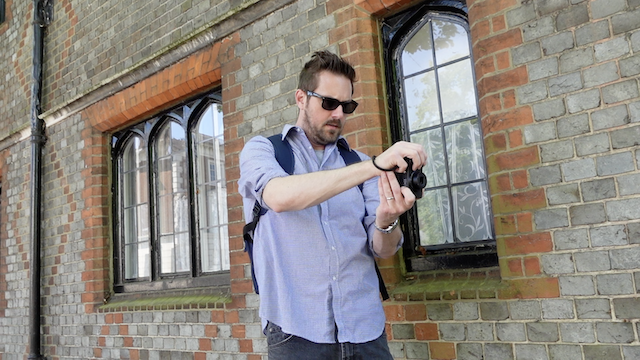The Art of Noticing: A Leadership Superpower
The art of noticing is one of the most underrated leadership skills. Discover how photography, creativity, and paying closer attention can make you a more effective manager and change how you see your workplace
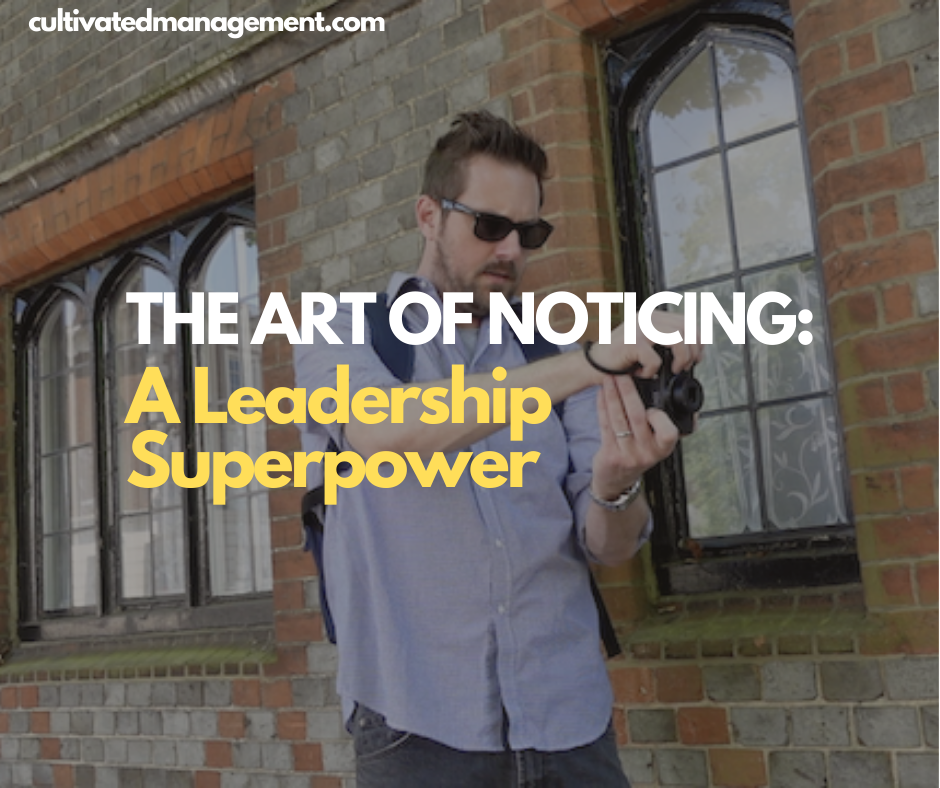
Good leaders and managers share one quiet but powerful trait: they notice.
They notice what’s happening around them. They notice patterns in behaviour, cracks in systems, and the signals hidden in everyday work. They are widening their awareness.
They then use what they’ve noticed to solve problems, guide people, and shape organisations.
That’s the art of noticing — and it’s at the very heart of leadership.
(There’s a video here if you’d like to dive deeper, or a podcast episode, or read on for more)
Video
Podcast
What Does “Noticing” Really Mean?
Noticing is about widening your awareness.
It’s about seeing how people interact, how they make sense of their world, and how you, in turn, construct meaning from what you see.
In business, the most effective employees and leaders are not the ones with the loudest voices — but the ones with the widest lens. They study how work flows, who makes things happen, and where the friction lies. They work out who is helpful, and who is not. They understand where work comes from and where it goes. They get company smart, right from the start, then continue to develop the art of noticing.
How to Study a Business
There are many ways to sharpen your awareness and build knowledge about the business:
- Staple yourself to work — follow a task end to end and see what really happens.
- Spot the levers of change — what small tweaks create the biggest results?
- Trace the flow of communication — who talks to whom, and what gets lost along the way?
But one of the most powerful ways I’ve found comes from an unexpected place: art.
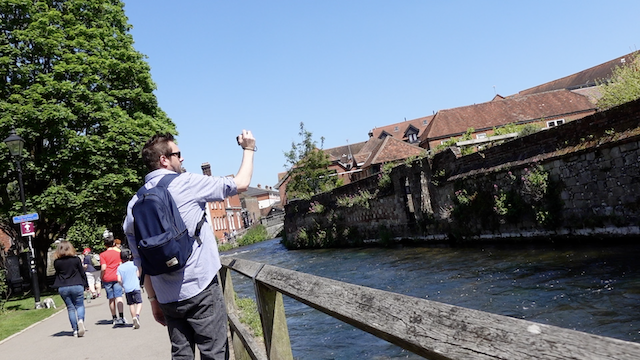
Learning Through an Artistic Craft
Art trains you to notice.
Whether you write, draw, craft or make films, creative work forces you to study the world carefully — and then transform those observations into something new.
Take painting: you don’t just look at a landscape, you study light, shade, and shape.
Take storytelling: you notice quirks in human behaviour, then spin them into narrative.
For me, the clearest metaphor is photography.
👉 If you're interested in learning about business storytelling, check out the Storytelling Masterclass with a Sunday Times Top Ten best selling author.
What Photography Teaches About Leadership
The more I practice photography, the sharper my ability to notice becomes.
- I notice what to include in a frame — and what to leave out.
- I notice how people interact with each other and with their environment.
- I notice the story I’m trying to tell.
And in noticing, I also notice myself — my choices, my assumptions, my perspective.
When you’re composing a photo, you’re essentially making decisions that leaders also make every day:
- What’s important here?
- What should be left out?
- How do I frame this story so others can see it clearly?
This is why creative practice is not a hobby outside of leadership. It’s training for it.
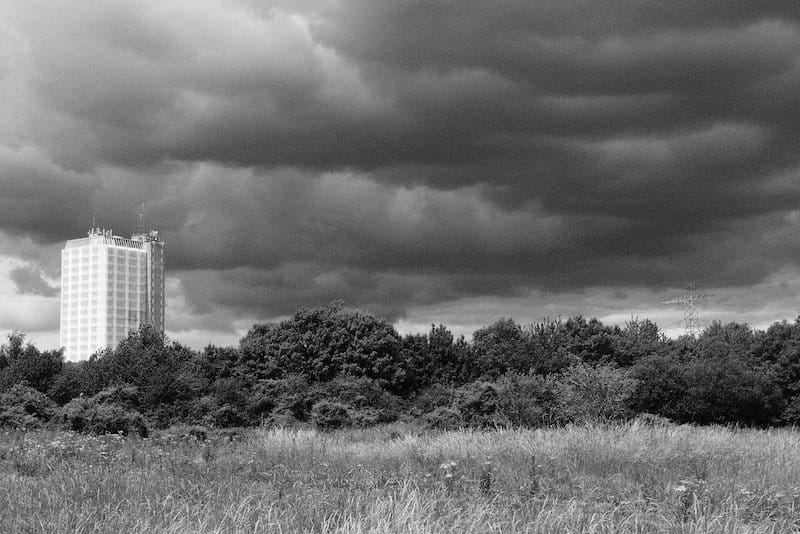
The Art of Noticing at Work
At work, these same skills translate directly:
- Study how work is really constructed.
- Notice who helps, who hinders, and who connects the dots.
- Observe where work comes from, and where it flows to.
The more you notice how your business operates, the better you can make sense of it.
And when you propose changes, they’ll be grounded in evidence — not assumption.
The same applies to people.
- Notice how colleagues interact.
- Notice how teams collaborate (or don’t).
- Notice where behaviour aligns with values — and where it falls short.
This is the foundation of putting the right people, in the right place, with the right behaviours - and you know that's Step 3 of Releasing Agility.
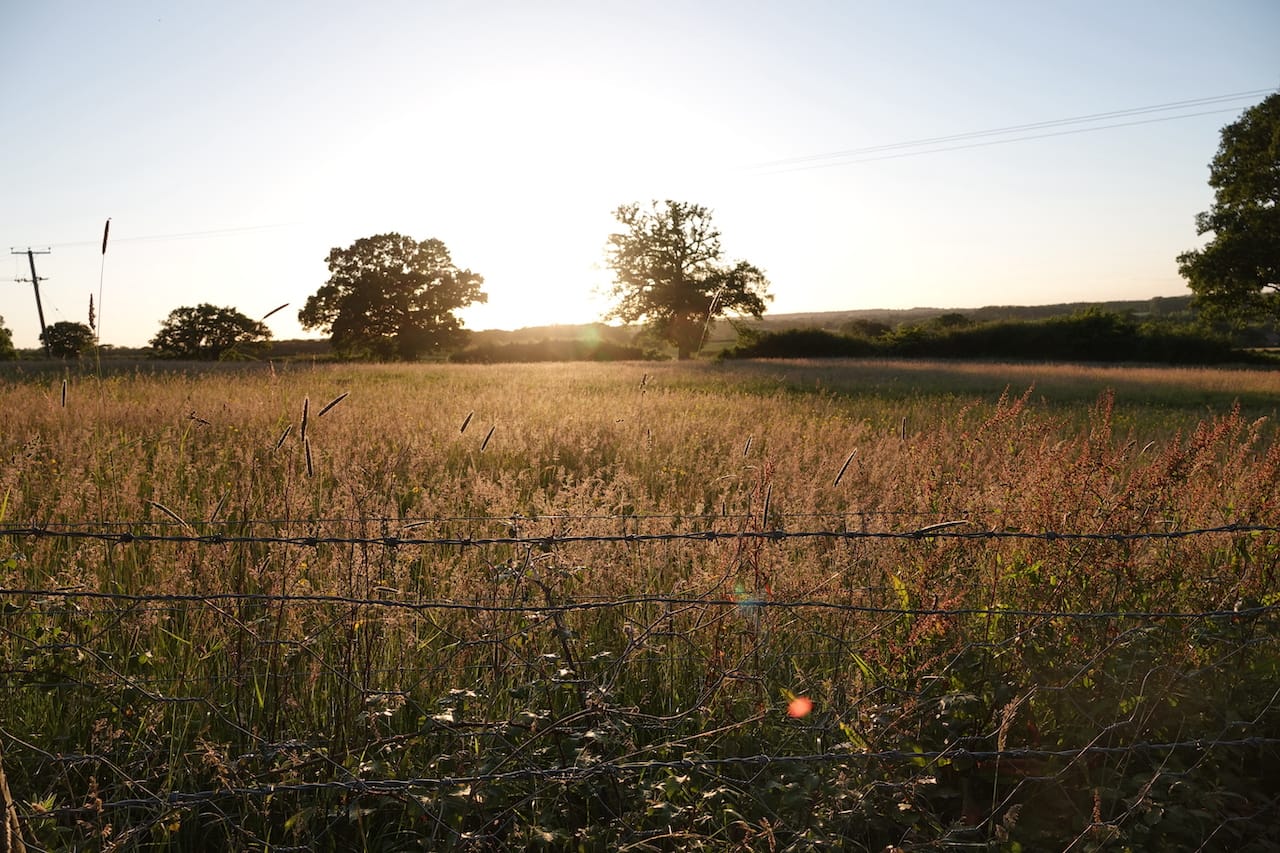
Leadership as Storytelling
Noticing isn’t passive.
It’s about choosing what matters. Drawing a frame around what’s useful. And telling a story that helps others see what you’ve seen.
That’s leadership: awareness, framing, storytelling.
Bringing It Back to Photography
So yes, maybe I’ve stretched the analogy a little far. But when I walk through Winchester with my camera, I’m reminded: leadership is not about louder voices or faster answers.
It’s about noticing what’s really there.
📹 If you want to see this in practice, check out my photo tour video of Winchester.
